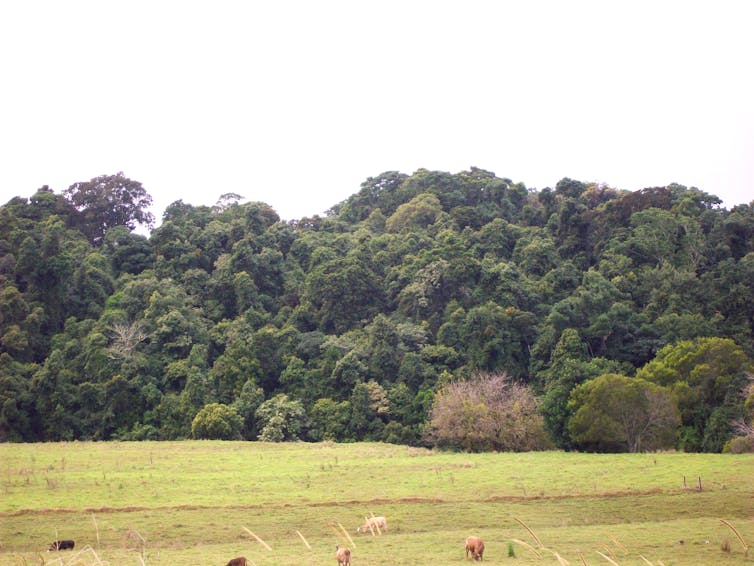Screenrights has announced six projects will be supported by the 2024 round of its annual Cultural Fund, to total $288,654 in funding for this year’s focus of Big Issues: Creative Solutions.
Pilbara and Kimberley Aboriginal Media (PAKAM) will utilise new WiFi Mesh systems that are being rolled out in remote Indigenous communities by the West Australian Government and Australian Private Networks as a pioneering distribution platform for culturally relevant audiovisual content, with their project ‘Remote Indigenous Media Content on local WiFi Mesh Servers’ receiving a grant of $49,750. New Zealand’s Pacific Islands Screen Artists (PISA) will receive $50,000 for their ‘Pacific Islands Cultural Guidance for Screen Productions’ initiative, which will create a service to evaluate productions’ cultural needs, connect them with suitable individuals and communities, and ensure cultural authenticity and inclusivity in screen productions. Maselli Films’ ‘Women in Water: Creating Pathways for Female Surf and Underwater Cinematographers’ will receive $50,000 for a 16-week training program for emerging female cinematographers with a background in surfing, life saving, or strong swimming skills and whose work focuses on water videography.
A ‘Western Sydney Animation Talent Incubator’ aims to unearth diverse talent from Western Sydney and develop a new wave of animation practitioners through placements with Cheeky Little Media in the three key animation disciplines of design, storyboarding and editing, and will be supported by a $49,984 grant. ‘Social Enterprise for Screen’ will see Creative Plus Business Group deliver an educational program designed to empower filmmakers from under-represented sectors in the screen industry to build sustainable production enterprises that focus on social change both on and off-screen, with $38,920 in funding from the Screenrights Cultural Fund. And Screenworks will receive $50,000 for their ‘First Nations Pathways into the Writers Room’ initiative, addressing under-representation of First Nations screenwriters in partnership with the Australian Writers’ Guild by providing training in note-taking and script coordination, proven pathways to screenwriting careers.
“With so many tremendous applications to the Cultural Fund – the largest number yet – I don’t envy the assessment panel’s task, but am delighted to be announcing this year’s selected projects,” says Screenrights Board Director and Cultural Fund Working Group Chair Rachel Antony. “It’s thanks to Screenrights members that we’re able to offer this support to creative communities in Australia and Aotearoa-New Zealand and these projects are sure to make an impact.”
The Screenrights Cultural Fund makes a difference by supporting people with exciting and innovative new initiatives that foster the creation and appreciation of screen content in Australia and New Zealand. For its seventh year Screenrights increased the total available funding pool by $50,000, with $300,000 available in 2024.
Screenrights provides an applicant support process whereby those less experienced with grant applications can meet with a Screenrights-funded consultant to talk through their proposed project and look at ways to optimise their submission for the Fund’s aims. Indicative of the success of this approach, four out of the six successful grant recipients had engaged with this process. Applications were assessed by a panel of professionals with both local and international expertise in screen, media and education.
About us:
Screenrights is a non-profit organisation that provides rights and royalty management services to the screen industry, and facilitates access to screen content for licensees. We license Australian and NZ educators, and Australian government and pay TV retransmitters, to copy and communicate broadcast content. From the licence fees we collect, Screenrights distributes royalty payments to rightsholder members for the programs being used. Screenrights also provides services to the screen industry such as worldwide royalty collection, film and television disbursements, performer residuals management, and an annual Cultural Fund.








